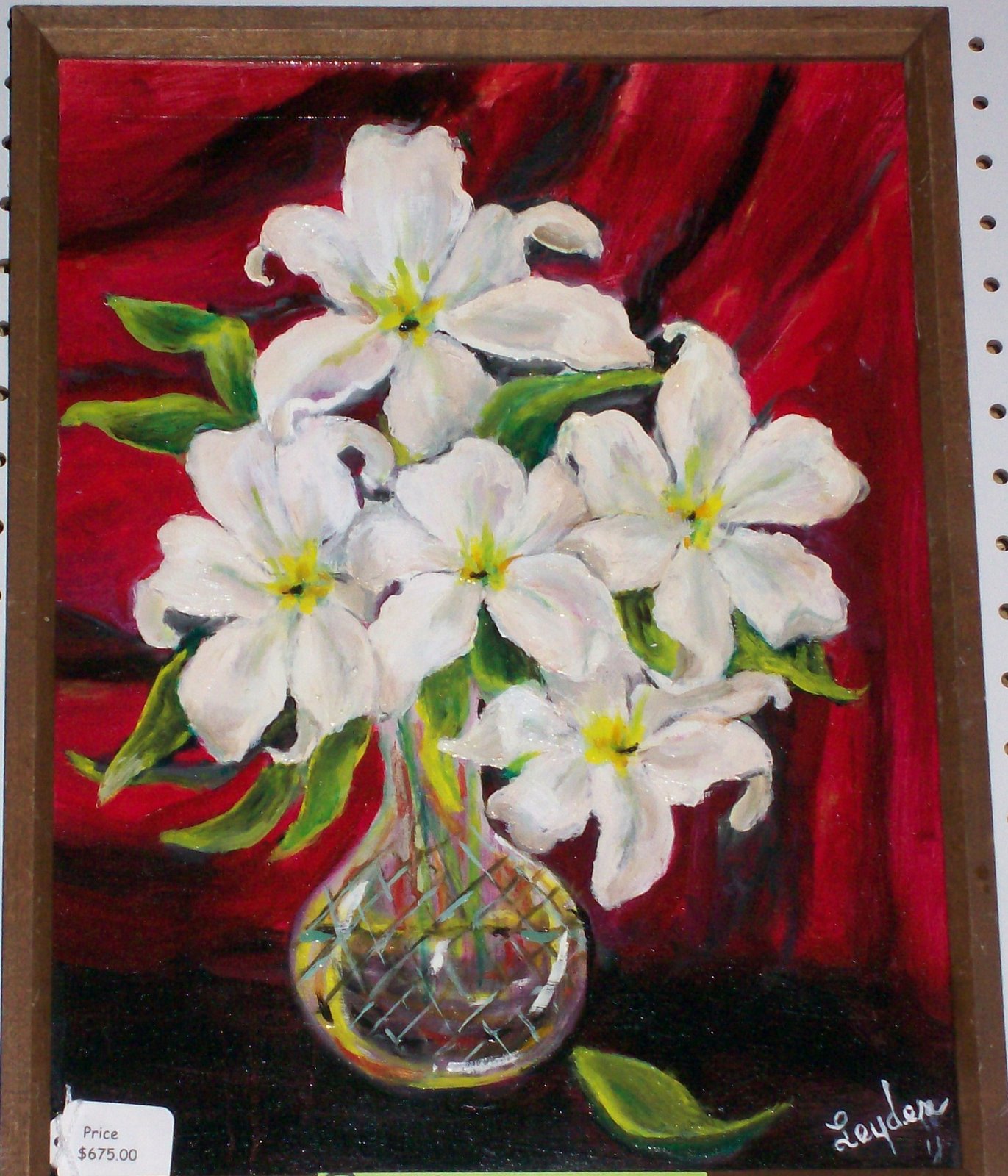 Time goes by so fast.
Time goes by so fast.There is just not enough
time to do everything ,
including winding my 2
remaining clocks.
Caught my plants before
sure death yesterday.
That took amout 45 min.
to fertilize and water.
My Mama used to quote some of this.
There is a time to be born,
and a time to die.
A time to plant and pluck up what was planted.
A time to heal; a time to break down.
A time to Build up.
A time to weep and time to laugh.
A time to mourn and time to dance.


Lost in my fire

lost in fire of house

I lost this in the fire it chimed..


Mitzi , my dear teacher
in design used to have
the French Morbier
weight hung wall clock.
I loved her
Marley Horses she had
on the sideboard.
She has high style.


Here are wall clocks. Want a tip for a beginner ?
Always look for Three holes on the face of the clock.
CHIMES!!
I have been dreaming of two things a table base
with elephant tusks base.
the other a grandfather clock.
Here's some to look at.





Grandfather Clocks have been in existence for hundreds of years, standing tall as one of history's most distinctive heirloom pieces of furniture. The fine craftsmanship and the decor that they provide to a home have been renowned across the globe.
Galileo Galilei is given credit for discovering, in 1582, that the pendulum was an instrument that would record time. The pendulum (the long swinging weight inside the wooden case) is what keeps a grandfather clock's time regular.
The man said to be responsible for inventing the first grandfather clock after the discovery of the pendulum was the celebrated Dutch astronomer and physicist Christian Huygens who developed a pendulum style floor clock around 1657. Huygens' clock was described as keeping a 'more even' time than any known clock of its day.
In 1670, William Clement discovered that clocks work more accurately with a longer pendulum, and so the "long case clock" was created. It stood about six-feet tall in a well-crafted wooden case, with an enclosed pendulum and weights. Over the years clockmakers enhanced the craftsmanship of the wooden case and added chimes.
Long case clocks (later called grandfather clocks) were very exclusive to nobility, as their complexity made them very expensive. Eventually their construction became more cost effective, and in the 1880s, England and America began calling them "grandfather clocks." The name became popular because of the song written by the American Henry Work in 1875 called "The Grandfather's Clock."
Today grandfather clocks are a great symbol of time and antiquity, acting as family heirlooms and museum quality relics.
NOW I THINK IT"S TIME TO GET A GRANDFATHER CLOCK,
Where will I put it? Hummmmmmm
BYE BYE clock. First a new hot water tank...
Posted by Yvonne @ La Petite Gallery
Comments are welcome


































































No comments:
Post a Comment
Thank You,
I Love To Get YOUR Comments !!!